There can be your advertisement
300x150
20 Tips for Maximizing Space in a Stylish and Functional Compact Kitchen
Creating a stylish and functional kitchen is essential when working with limited space. Despite the challenges of small kitchen areas, effective design strategies and space-saving tips can help unlock the potential of these compact spaces. This article explores various ideas and techniques to transform small kitchens into efficient and visually appealing culinary sanctuaries.
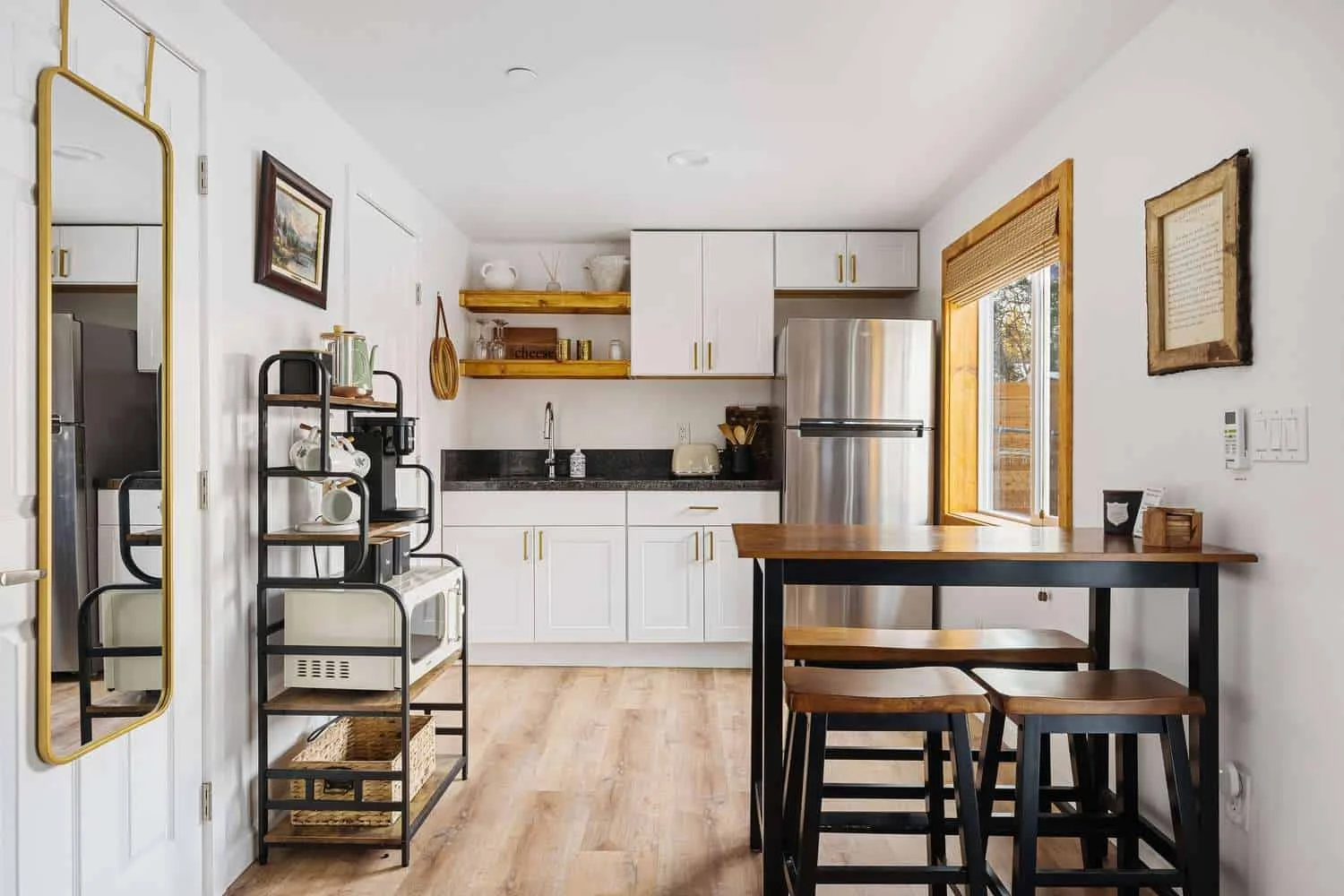
Tip #1: Optimize Storage Space
Effective storage solutions are crucial for compact kitchens. Maximize space by making efficient use of every corner and niche. Install wall shelves or cabinets and utilize the space above cabinets for storage. Include stackable containers, hanging hooks, and magnetic shelves to organize kitchen utensils and ensure easy access.
Tip #2: Choose Multi-Functional Furniture
In kitchens with limited space, every piece of furniture should serve multiple purposes. Look for furniture with built-in storage, seating area, or extra counter space. For example, consider a folding dining table that can be folded away when not in use or a kitchen island with side cabinets. By choosing multi-functional furniture, you can optimize your kitchen layout and create a more versatile workspace.
Tip #3: Create an Open and Light Feel
Make your kitchen feel more spacious and open using light colors and reflective surfaces. Choose a palette of soft tones for walls, cabinets, and countertops. White, pastel, and neutral colors create a sense of transparency and openness. Include reflective surfaces such as glass countertops or mirror cabinet doors to enhance the illusion of space and add elegance to your kitchen. Consider using sleek and minimalist BA-AHA doors designed for tile installation to achieve a visually appealing finish.
Tip #4: Maximize Natural Light
Enhance the atmosphere of your kitchen with sufficient natural lighting. Keep windows uncluttered and use semi-transparent curtains, such as frosted or clear window films, that allow maximum light penetration. Using natural lighting creates an open and cozy atmosphere in your kitchen.
Tip #5: Use Vertical Space
When horizontal space is limited, vertical space becomes a valuable resource for kitchen storage. Attach shelves to the walls, use hanging racks to display kitchen tools and equipment, or store frequently used items. Install hooks or magnetic strips inside cabinet doors to hang utensils or smaller pots and pans. Using often overlooked vertical space frees up valuable counter space and ensures optimal organization in your kitchen.
Tip #6: Implement Smart Lighting Solutions
Sufficient lighting is essential for kitchens to create the illusion of larger space and improve overall impression. Ensure every part of your kitchen is well-lit with various types of lighting, including ambient, task, and accent lighting. Consider installing under-cabinet lighting to illuminate work surfaces and provide additional light. Chandeliers, pendant lights, or strategically placed light sources can add character and become focal points in your kitchen. Strategically combining different light sources creates a cozy atmosphere for your guests.
Tip #7: Minimize Equipment
In compact kitchens, consider downsizing more efficient appliances that meet your operational needs. Choose narrow dishwashers or compact refrigerators to save valuable space. Integrating equipment into your cabinetry creates a cohesive and streamlined look, frees up counter space, and reduces clutter in the kitchen.
Tip #8: Create an Illusion of Space
Besides using light colors and reflective surfaces, there are other effective methods for creating the illusion of space in your small kitchen. Mirrors, for example, can make a room appear larger than it actually is. Consider installing mirrors on walls or using them as countertops to reflect light and create a sense of depth. Open shelving can also contribute to the perception of more space, allowing you to efficiently showcase cooking tools or decorative items.
Tip #9: Embrace Minimalism
Adopting a minimalist approach is key to maintaining a clean and visually appealing commercial kitchen space. Avoid overloading counters with unnecessary equipment or decorative objects. Instead, focus on carefully selecting functional elements that add style and efficiency. Embracing minimalist aesthetics allows you to create a sense of openness while maintaining a strict and elegant design.
Tip #10: Use Open Shelving
Open shelving is an excellent solution for a small kitchen as it provides storage and creates a sense of openness. Replace some upper cabinets with open shelves to visually expand the space and showcase important items such as ingredients, glassware, or cookbooks, adding a personal touch to your commercial kitchen interior. Remember to keep shelves neat and not overloaded to maintain a pristine and professional appearance.
Tip #11: Use Wall Space for Hanging Storage
Tapping into wall space for additional storage options is wise when floor and counter space in the kitchen is limited. Install a wall grid system to hang kitchen utensils. Hang small baskets or hooks on the wall for storing spices, towels, or gloves. Be creative and turn your kitchen walls into functional and decorative elements.
Tip #12: Consider a Kitchen Gallery Layout
A gallery-style kitchen can be an efficient and stylish choice for kitchens with limited space. This layout gives you two work surfaces and storage. Choose streamlined cabinets and appliances to maintain a clean and clutter-free look. The gallery kitchen layout allows for smooth flow and easy access to all important areas, making it a practical choice for small kitchens.
Tip #13: Install a Kitchen Cart or Trolley
A kitchen cart or trolley is a versatile piece of furniture that's useful in compact kitchens. It provides additional counter space and shelves for storage, often with wheels for easy mobility. When hosting guests, use it as a food prep or serving area. The flexibility of the kitchen cart allows you to move or park it against a wall when not in use. Find a cart that matches your kitchen's aesthetic and color scheme, ensuring a cohesive look throughout the space.
Tip #14: Create Continuity with Flooring
Use the same material for flooring throughout the kitchen and adjacent spaces to maintain a cohesive, continuous look. Continuing the same floor in the kitchen visually expands the area and eliminates visual boundaries. Choose a durable and low-maintenance flooring option that fits your style, such as wood, laminate, or tile. This unified approach to flooring enhances the sense of flow and makes your small kitchen feel more spacious.
Tip #15: Incorporate Folding or Sliding Elements
Innovative design solutions such as folding or sliding elements can be extremely helpful for small kitchens. For example, install a folding dining table that closes when not in use. Folding or sliding cabinet doors are also practical options as they don't require additional space for hinged doors. These space-saving solutions allow you to adapt the kitchen layout to your needs, maximizing functionality and efficiency.
Tip #16: Add a Mirror Countertop
Mirrors are not just for walls; they can also serve as countertops in small kitchens. A mirror countertop reflects light and creates a sense of depth and space, making the kitchen appear larger. It adds an elegant touch and becomes a standout element in the area. Additionally, mirror countertops are easy to clean, making them a practical choice.
Tip #17: Use Countertops
In small kitchens, countertops have unused potential. Enhance their functionality by adding small shelves or installing hooks underneath for pots with herbs, small plants, or decorative items, bringing charm and greenery to your kitchen. This is a simple but effective way to utilize often unused areas and improve the visual perception of your kitchen.
Tip #18: Utilize Upper Space
Using upper space is important for creating a well-organized and efficient kitchen. Use hooks or ceiling-mounted racks to store pots, pans, and other kitchen items. Add a small shelf above your cabinets to store less frequently used items. Use vertical space wisely to clear counters and ensure a neat and functional workspace.
Tip #19: Fight Clutter
In small kitchens, clutter can quickly reduce efficiency and aesthetics. Minimize counter items and decorative objects to maintain a clean and open look. Invest in drawer dividers, cabinet organizers, and storage containers to provide designated spots for each item. You can significantly enhance the practicality and visual appeal of your kitchen by prioritizing order and cleanliness.
Tip #20: Personalize with Stylish Accessories
Finally, add a personal touch to your small kitchen through stylish accessories. Choose unique and attractive kitchen tools, vibrant dishware, or lively fabrics to add character and flair to the space. Hang paintings or create a small gallery on the wall to establish a focal point. These personalized accents can make your commercial kitchen cozy and reflect your style, enhancing the overall dining experience.
Conclusion
In conclusion, transform your kitchen into a stylish and efficient space with the right design strategies and space-saving tips. Commercial kitchen contractors, managers of commercial kitchens, restaurant owners, and hoteliers can unlock the potential of these tight spaces by optimizing storage, implementing smart lighting solutions, using vertical space, and applying a minimalist approach. You can create aesthetically pleasing kitchens by implementing these ideas and using strict and functional design elements such as BA-AHA doors with inset panels. With attention to detail and a focus on efficiency, your compact kitchen can become a standout feature in your establishment, providing an excellent culinary experience for your guests.
More articles:
 18 Stunning Rustic Deck Ideas That Will Make You Jealous
18 Stunning Rustic Deck Ideas That Will Make You Jealous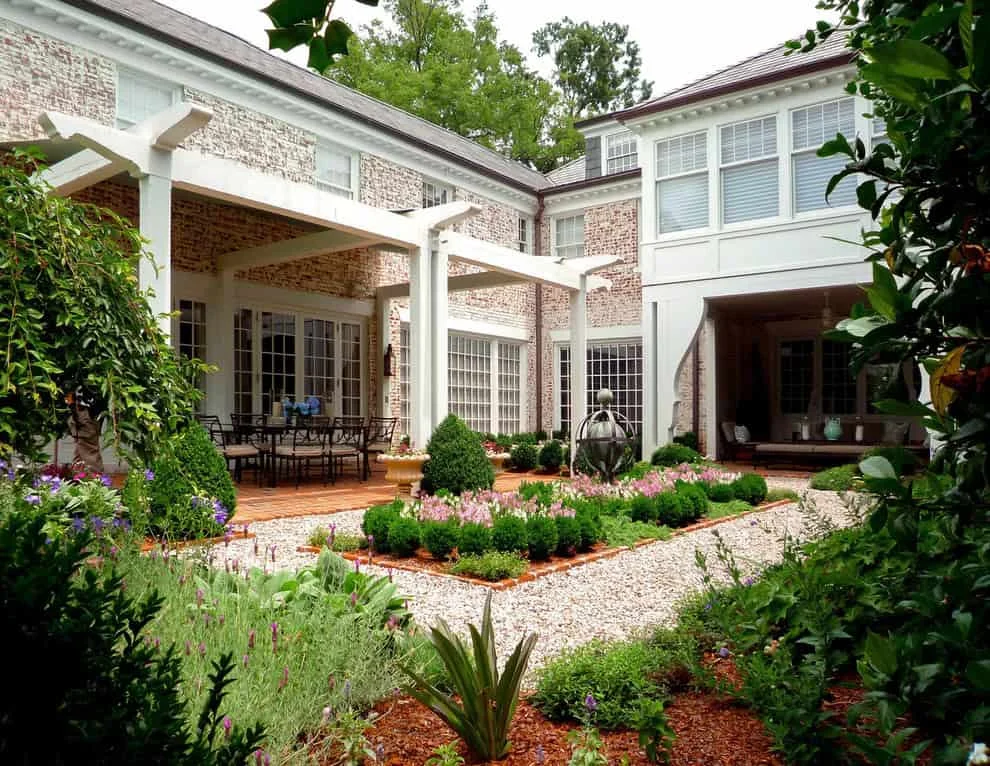 18 Amazing Industrial Deck Projects You'll Appreciate
18 Amazing Industrial Deck Projects You'll Appreciate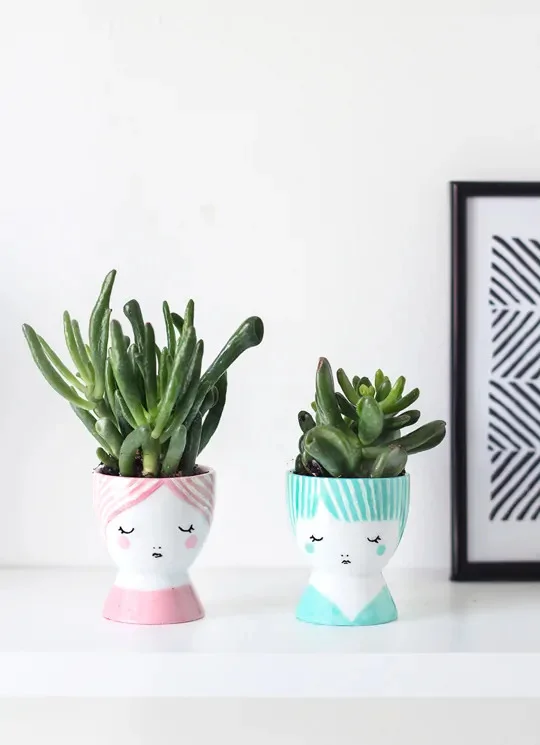 18 Super Creative DIY Ideas for Painted Planters You Can't Miss
18 Super Creative DIY Ideas for Painted Planters You Can't Miss 18 Super Stylish Eclectic Staircase Designs That Will Blow Your Mind
18 Super Stylish Eclectic Staircase Designs That Will Blow Your Mind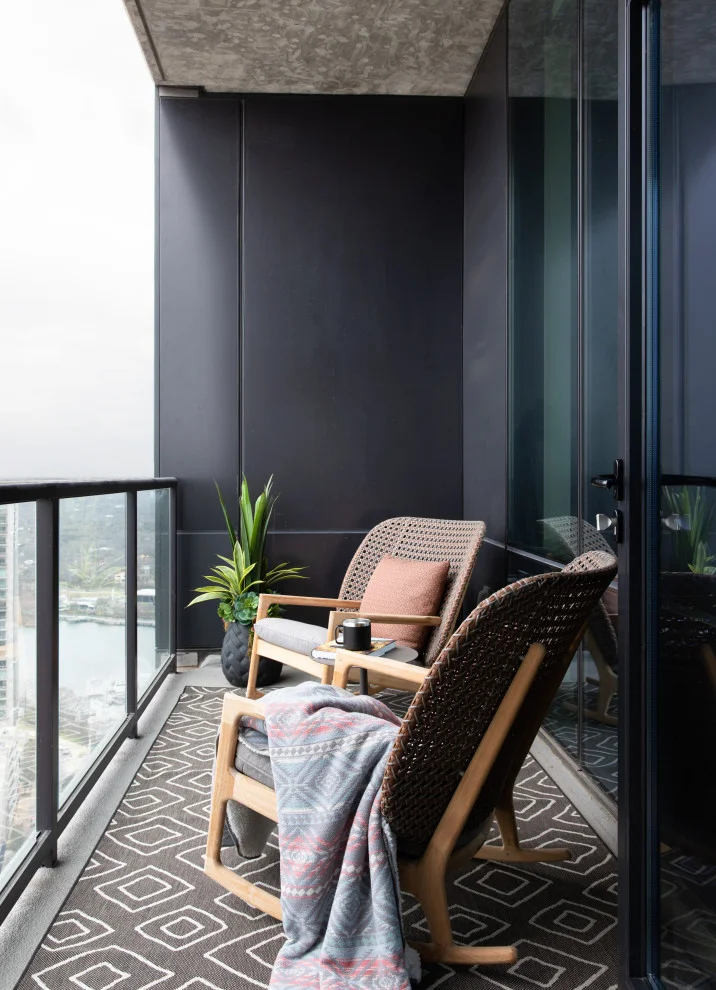 18 Stunning Modern Balcony Projects That Will Amaze You
18 Stunning Modern Balcony Projects That Will Amaze You 18 Sweet Valentine's Day Pillow Designs with Romantic Mood
18 Sweet Valentine's Day Pillow Designs with Romantic Mood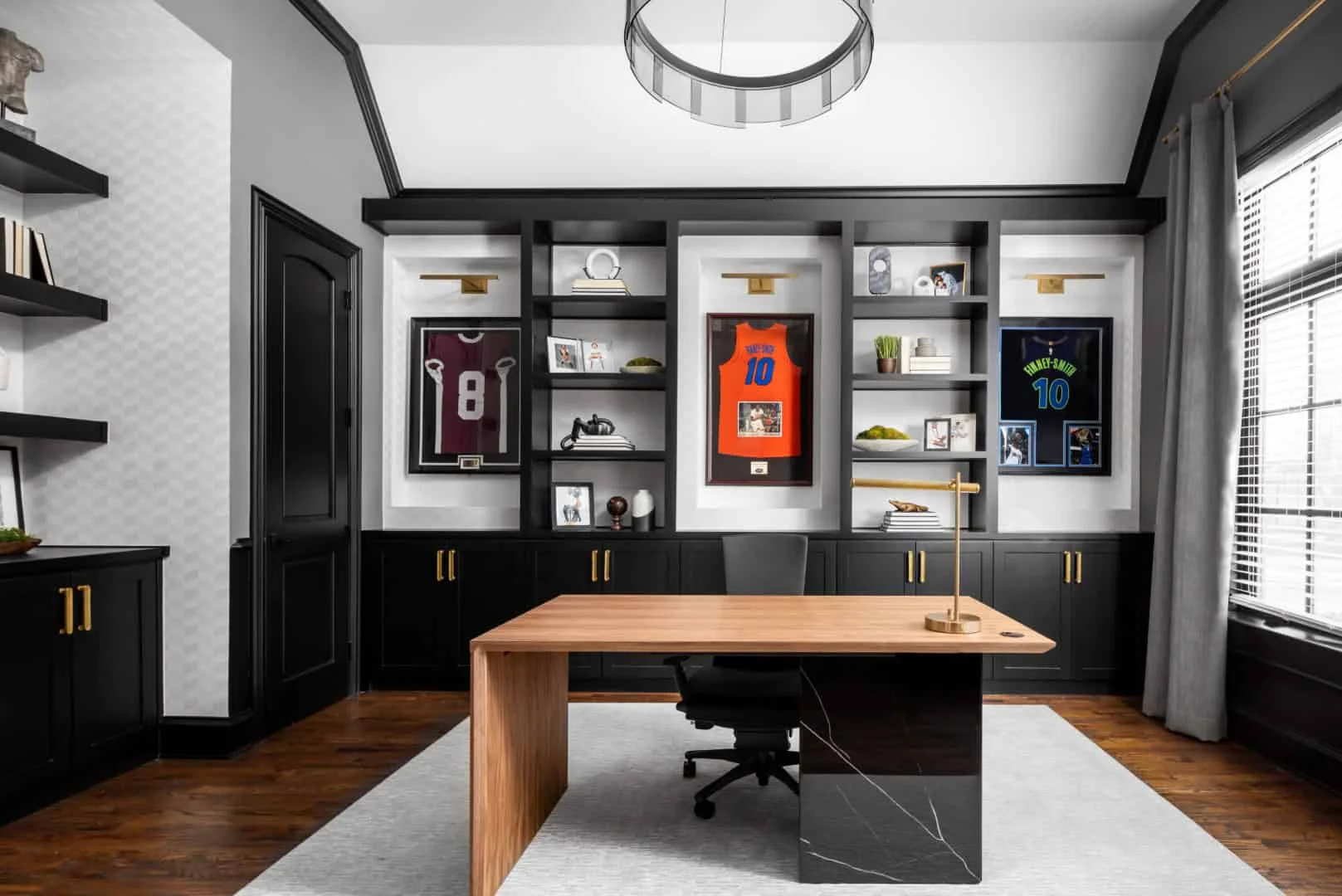 18 Transitional Home Office Design Ideas for Elegant and Functional Workspaces
18 Transitional Home Office Design Ideas for Elegant and Functional Workspaces 18 Ideas for Decorating a Transitional Style Kids Room for a Stylish and Practical Parent
18 Ideas for Decorating a Transitional Style Kids Room for a Stylish and Practical Parent